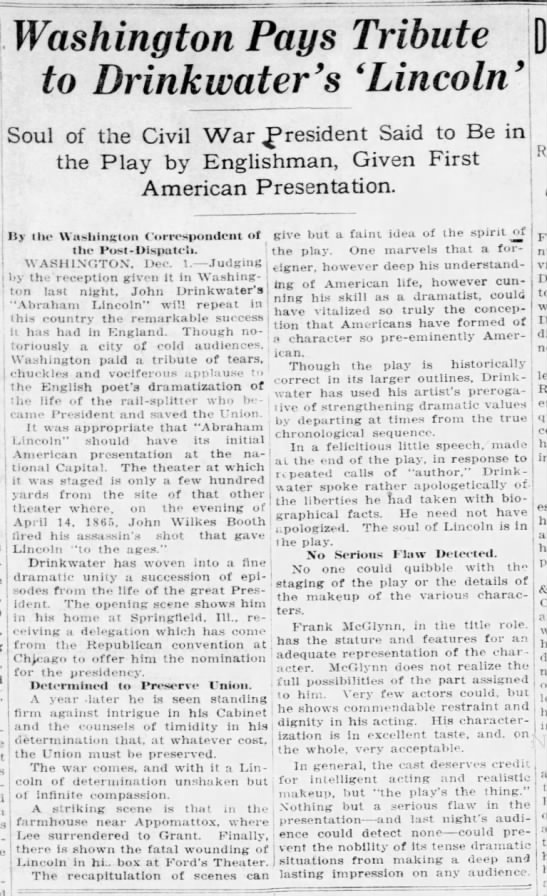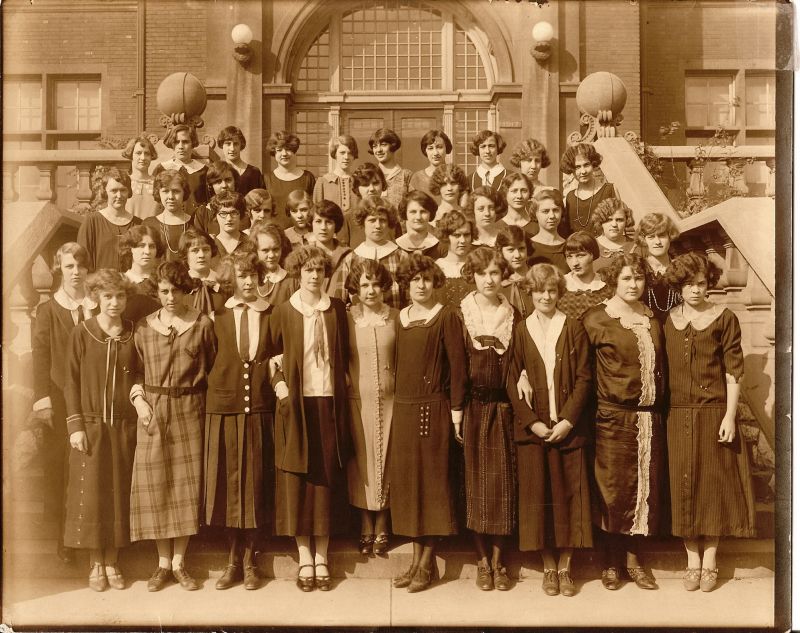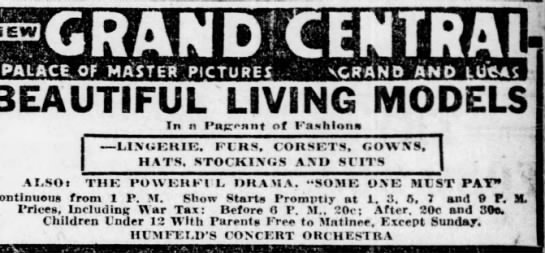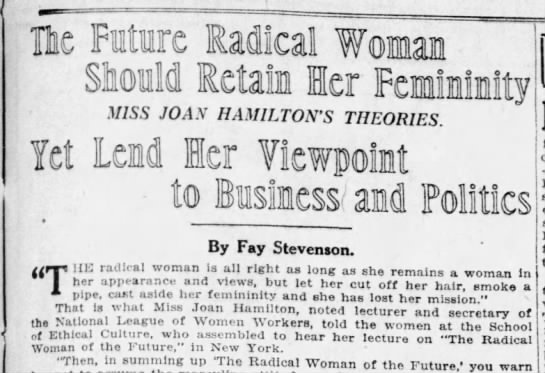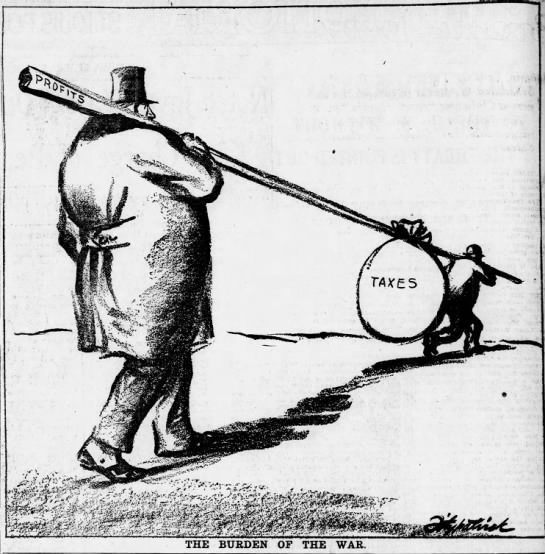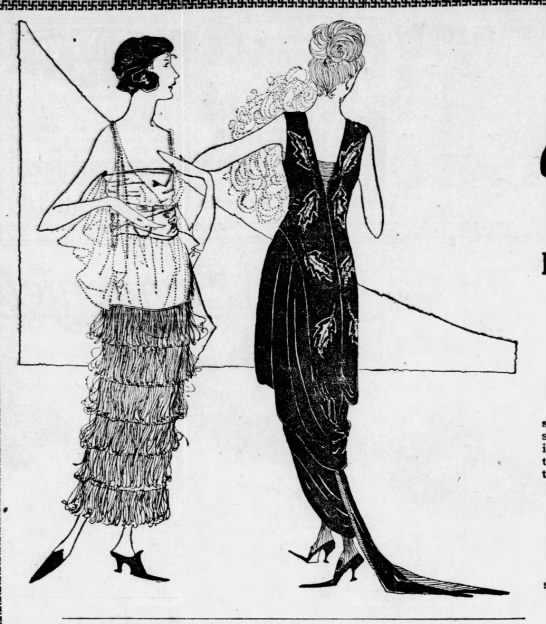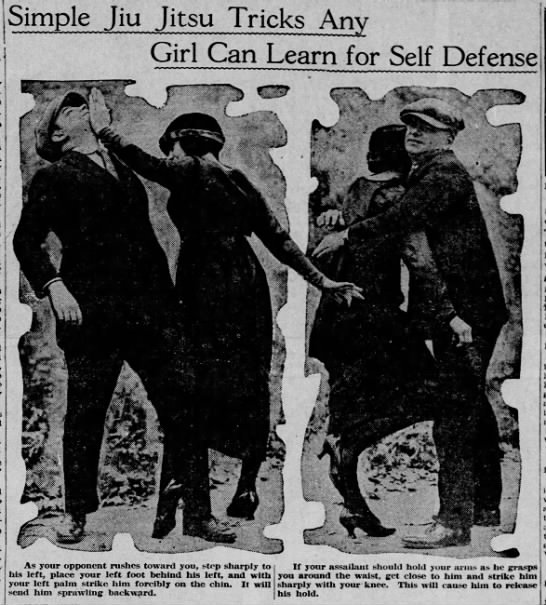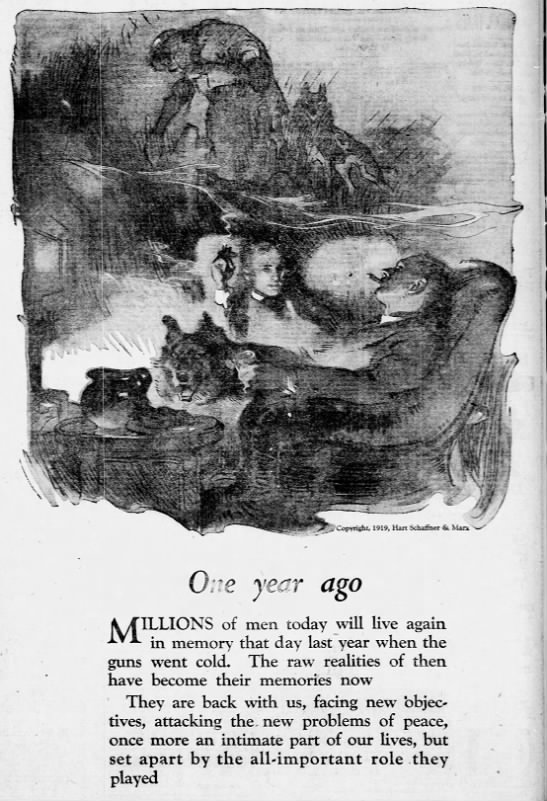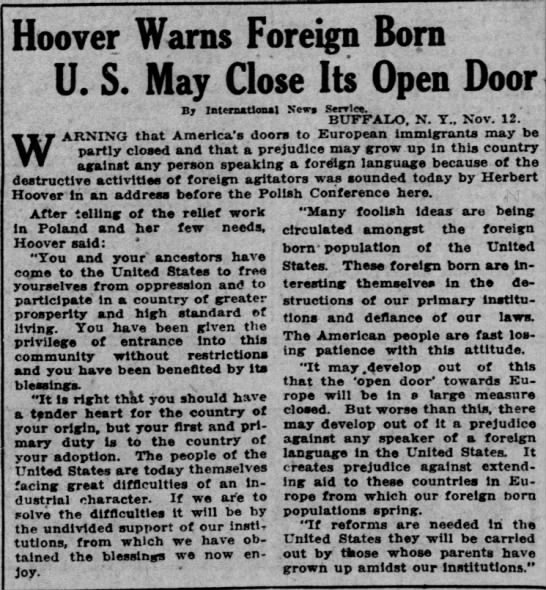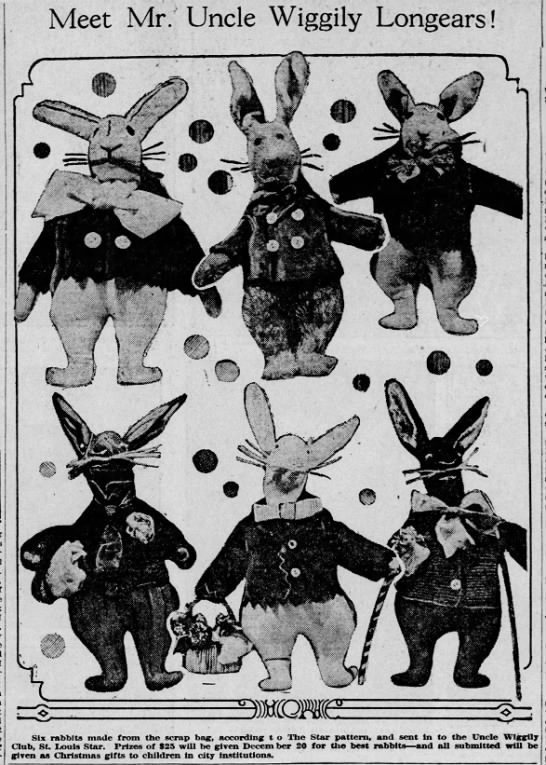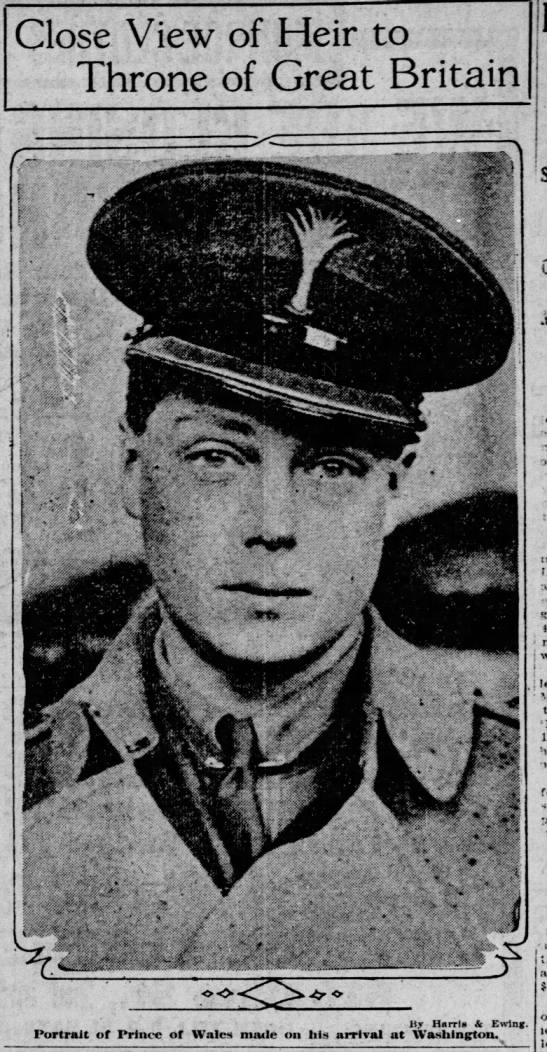I don't usually review books about health, diet, and fitness. Oh, I've read quite a few in my life. As a matter of fact, what don't I know about diets? Mom put me on my first diet when I was twelve years old! I was at that growth spurt time when kids get chubby and then, seemingly overnight, reach their full height and become teenagers. I recall the diet involved not having fruit, and I loved fruit.
At fourteen I was dieting again. Twiggy was in; curves were out. The charts said I was overweight. A friend gave me an exercise book with calories to count. I lost thirty pounds, gained it back; tried Weight Watchers, lost nothing; gained more weight at college; got married and went on a diet and lost thirty pounds again.
I was twenty-one and eating 1000 calories a day and couldn't lose more weight. The weight charts said I was twenty-five-pound overweight! Looking back, I realize I had an eating problem and I was at a healthy weight.
The rest of my life went like that. Calorie counting. Eat Well, Be Well, The Zone. Vegetarian diets. Liquid supplements. All I accomplished was to get bigger on fewer calories.
A year ago, I committed to losing weight. I had gained 40 pounds in five years. I had my Fitbit and my Lose It app and my scale. I was prepared.
I underwent extensive testing and discovered my heart is great and committed to 30 minutes of cardio a day. A nutritionist told me to cut animal fats, meat, and dairy. We eat red meat at most once or twice a month, but I do I love butter on my toast. Goodbye, butter.
I lost thirty-four pounds and then plateaued even though I was burning more calories a day than I was eating.
I joined Silver and Fit and went to the fitness center to use machines for muscle tone and balance. The counselor said I was starving myself and told me to eat 6 meals a day. And more protein.
I am gaining strength and balance with the fitness plan. My bad knee can take the stairs better than they have in years.
But I had vertigo. The treadmill made me dizzy. I walked down the street like a drunk. So I went to the doctor. She saw me bend to tie my shoe and asked, "Can you DO that? It's not vertigo, it's your blood pressure." So she reduced my blood pressure meds. My BP is still in the good zone.
She is the first doctor to NOT tell me I was risking my life and to "Join a gym," or "Have you considered bariatric surgery?" or even, "I know it's hard to lose weight but keep trying."
Instead, she told me, "I'm not concerned about weight. There are more important things, like the quality of life."
WHAT???? I am 67 years old and a doctor told me what---that endless dieting and exercise is not supposed to be the goal of life?
So I saw this book,
Anti-Diet, and thought, I need to know more about this.
Harrison had a food obsession. She was a life-long dieter and a journalist who wrote for
Gourmet Magazine. She earned a degree as a nutritionist. Her personal journey led to exactly what millions of us have experienced: Diets. Don't. Work.
Harrison pushes back against the Diet Culture--the paradigm we have been sold that tells us there are good and bad foods, that weight is a moral and life-threatening issue, and if we don't look like some media ideal we are unloveable, ignorant, lazy, and dispensible.
Studies show that diets don't work, people gain the weight back, and in fact, diets seem to cause, not alleviate, health issues.
The bulk of the book traces our food attitudes through history and the rise of the diet culture and its human cost. Although well presented and interesting, I quickly read through this section--I'd come across it all before, in bits and pieces over 60 years. I was eager to get to her alternative.
Setting boundaries "might mean putting a moratorium on diet talk with your mother" set alarms off in my head! In my late 20s, when I had reached what I now know is my ideal weight, my mother fell into her old habit of saying, "you'd be...if only you lost weight." I shot back, "I like myself." "You like yourself fat?" she marveled. "I like who I am regardless of what weight I am." That night, Mom had a self-reckoning. She came to me in tears the next morning, apologetic, realizing she was imitating her own mother's behavior when she was growing up.
I also was glad to read Harrison's support of strength-building for all sizes as an alternative to blaming joint problems on weight alone. I keep up my cardio exercise of walking and am working with a fitness coach to improve muscle tone and balance. Thankfully, the fitness center is filled with older people like me and people of all body sizes. Sure, there are the buff men around and matchstick thin gals, but I don't stand out as much as I feared I would.
The idea of intuitive eating is simple. Listen to your body. My husband grew up with a dad who encouraged over-eating. He never developed a recognition to stop eating when he was full. It's his biggest challenge as an adult because he doesn't recognize 'full'.
She promotes the goal of "Health at Every Size" and liberation from an obsession on body size. Her mantra is "self-care, not self-control." Trying to control our body size is self-defeating, physically and mentally. But, she dismisses my FitBit and Lose-It app and fitness center visits and advises to just move.
Harrison quotes scads of scientific research. Still, I would love to read about specific and detailed case studies of how people like me, whose metabolism has been impacted by weight-loss diets over decades, can use this approach successfully.
I'll see what happens over the next year as I endeavor to not eat more than I burn while eating thoughtfully and working on strength and muscle building.
I made apple pies this week. There are no 'good' or 'bad' foods according to Harrison. But, boy, that pie was GOOD.
I was given access to a free egalley by the publisher in exchange for a fair and unbiased review.
Anti-Diet: Reclaim Your Time, Money, Well-Being, and Happiness Through Intuitive Eating
by Christy Harrison, MPH, RD
Little, Brown Spark
Pub Date 24 Dec 2019
ISBN
9780316420358
PRICE
$28.00 (USD)

